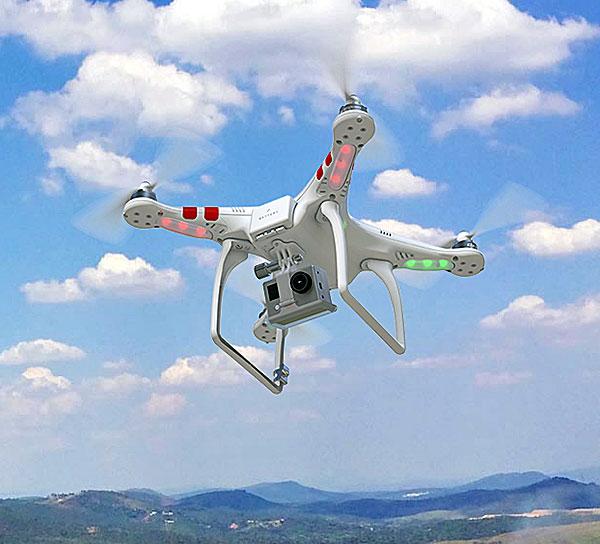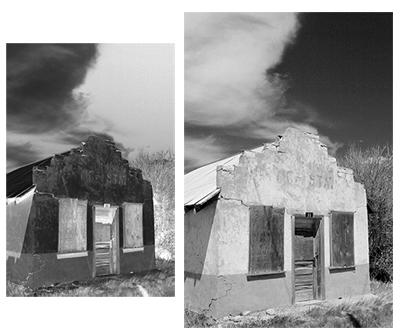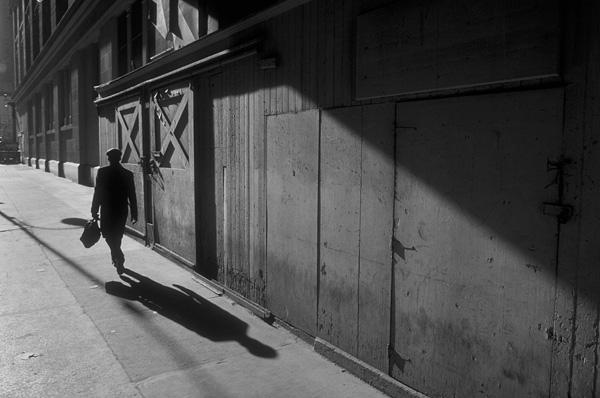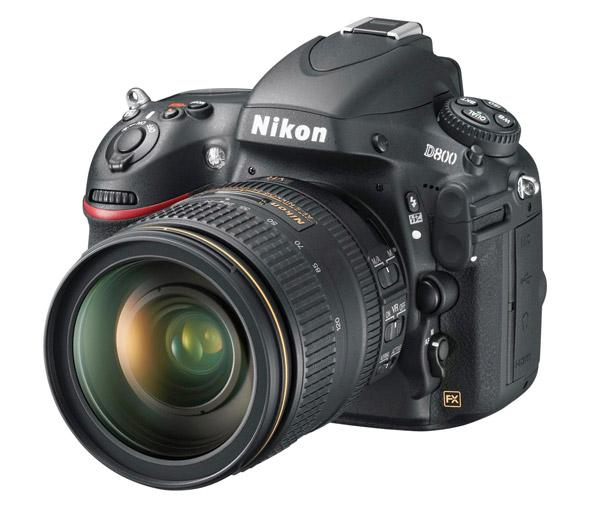Opinion
Sort By: Post Date TitlePublish Date
|
Nov 25, 2014 |
|
Nov 07, 2014 |
|
Dec 11, 2012 |
|
Aug 28, 2012 |
First Published: Jul 01, 2012 |











